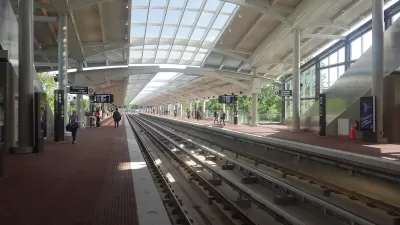The early skyscrapers were inspired by the idea of turning steel train bridges on their sides. This episode of 99% Invisible explains.
And it was actually a small-lot urban infill project that ushered in the age of steel-framed skyscrapers.
"There are rules that dictate what you can build and how. Rules of physics and rules of men who sit on various bureaucratic boards and bodies. These rules dictated that if silk magnate John Noble Stearns wanted to build one of those ten story towers that were all the rage in 1888, on his 22 foot wide lot, he would need to build walls of stone and brick that were 5 feet thick. With tiny windows. Which left room for an interior that was only 11 feet wide. Slice off a few feet for a hallway. A few for a bathroom. A couple for a coat closet. Another for some filing cabinets and an umbrella stand. And he would be asking his well heeled tenants to work in a dark cell better suited to monks illuminating manuscripts.
Stearns asked the best architects in the northeast for a solution. They all told him it couldn't be done. Everyone except Bradford Gilbert."
FULL STORY: Episode 27- Bridge to the Sky

Planetizen Federal Action Tracker
A weekly monitor of how Trump’s orders and actions are impacting planners and planning in America.

Restaurant Patios Were a Pandemic Win — Why Were They so Hard to Keep?
Social distancing requirements and changes in travel patterns prompted cities to pilot new uses for street and sidewalk space. Then it got complicated.

Maui's Vacation Rental Debate Turns Ugly
Verbal attacks, misinformation campaigns and fistfights plague a high-stakes debate to convert thousands of vacation rentals into long-term housing.

Boulder Eliminates Parking Minimums Citywide
Officials estimate the cost of building a single underground parking space at up to $100,000.

Orange County, Florida Adopts Largest US “Sprawl Repair” Code
The ‘Orange Code’ seeks to rectify decades of sprawl-inducing, car-oriented development.

Maui's Vacation Rental Debate Turns Ugly
Verbal attacks, misinformation campaigns and fistfights plague a high-stakes debate to convert thousands of vacation rentals into long-term housing.
Urban Design for Planners 1: Software Tools
This six-course series explores essential urban design concepts using open source software and equips planners with the tools they need to participate fully in the urban design process.
Planning for Universal Design
Learn the tools for implementing Universal Design in planning regulations.
Heyer Gruel & Associates PA
JM Goldson LLC
Custer County Colorado
City of Camden Redevelopment Agency
City of Astoria
Transportation Research & Education Center (TREC) at Portland State University
Camden Redevelopment Agency
City of Claremont
Municipality of Princeton (NJ)





























